A Carbon Steel Reduced Bore Ball Valve is a type of ball valve designed for controlling the flow of fluids in pipelines. It is constructed from carbon steel, which provides durability and strength, making it suitable for high-pressure and high-temperature applications. The term "reduced bore" refers to the valve's design, where the internal diameter of the valve is smaller than the pipeline's diameter.
Key Features:
-
Material: Made from carbon steel (e.g., ASTM A216 WCB, WCC, or LCC), which offers excellent mechanical properties and resistance to corrosion in certain environments.
-
Reduced Bore Design: The bore diameter is smaller than the pipe diameter, which reduces the flow capacity but allows for a more compact and lightweight valve.
-
Ball Valve Mechanism: Utilizes a rotating ball with a bore to control flow. When the ball is rotated 90 degrees, the valve opens or closes.
-
Sealing: Typically uses soft seats (e.g., PTFE) or metal seats for tight shut-off and durability.
-
End Connections: Available in various end connections, such as flanged, threaded, or welded, to suit different piping systems.
-
Pressure Rating: Designed to handle high-pressure applications, with pressure ratings defined by standards like ANSI or API.
-
Temperature Range: Suitable for a wide range of temperatures, depending on the specific carbon steel grade and seat material.
Applications:
-
Oil and gas pipelines
-
Petrochemical and chemical industries
-
Power generation
-
Water treatment and distribution
-
Industrial processes involving high-pressure or high-temperature fluids
Advantages:
-
Durability: Carbon steel provides excellent strength and resistance to wear.
-
Compact Design: The reduced bore design saves space and weight.
-
Cost-Effective: Offers a balance between performance and cost.
-
Reliable Shut-Off: Ensures tight sealing and minimal leakage.


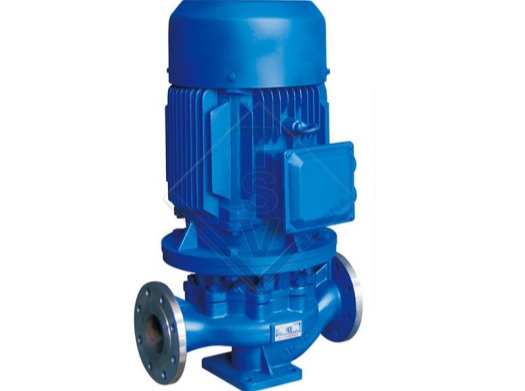
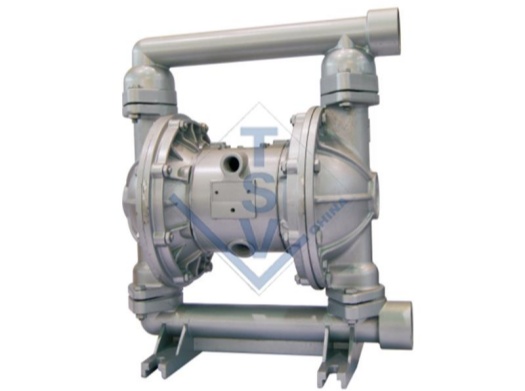
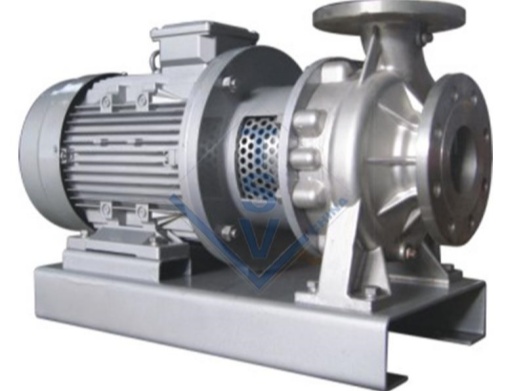
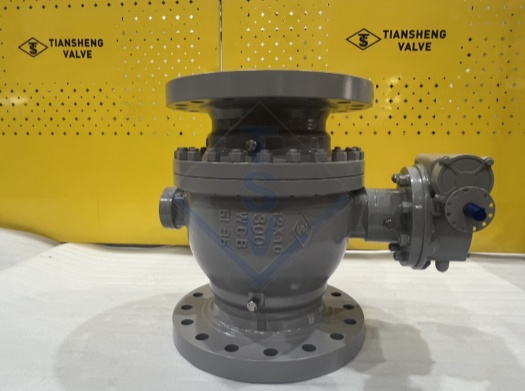
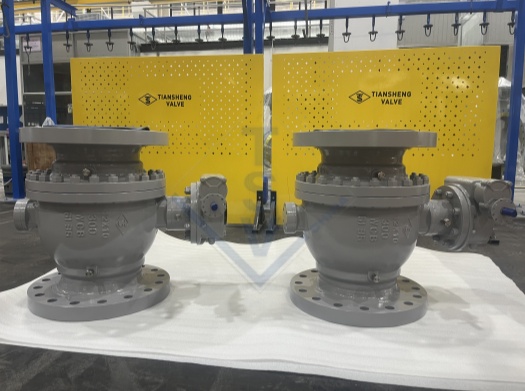
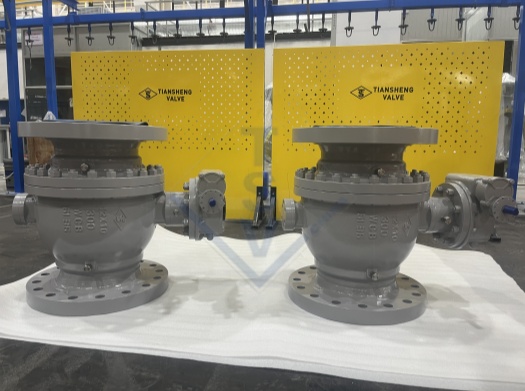
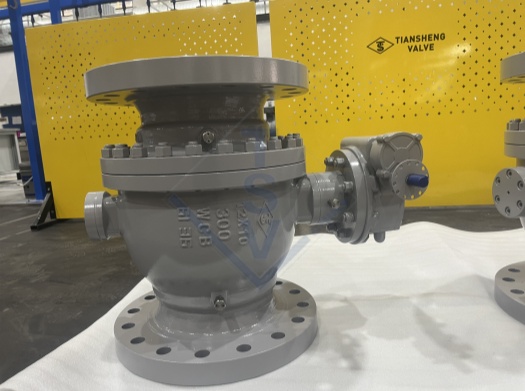
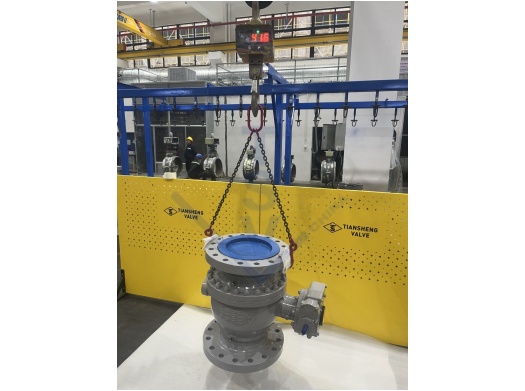
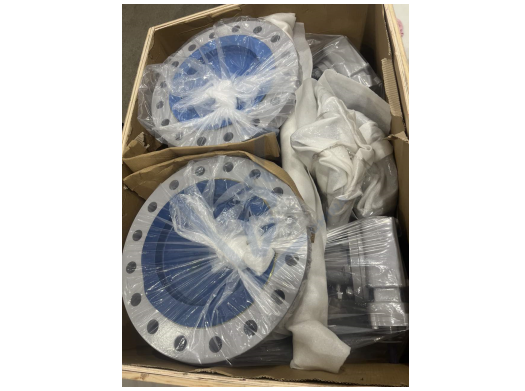

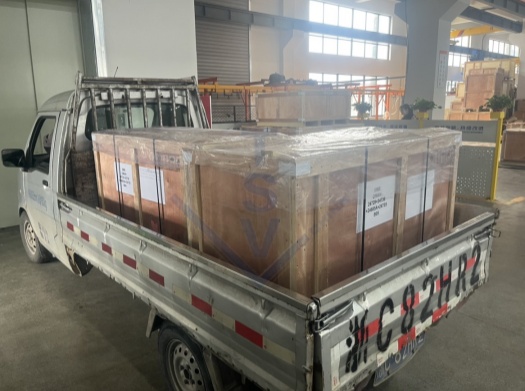
 Request a Quote
Request a Quote